Webflow vs Elementor: Choosing the Right Platform for Your Website
.jpg)
- Webflow is an all-in-one platform ideal for designers and agencies who prioritise pixel-perfect customisation, advanced animations, and a built-in CMS for dynamic content. It’s fair to say Webflow has a steeper learning curve and higher initial cost, but the ongoing maintenance costs are lower.
- Elementor is a WordPress plugin best for beginners and budget-conscious users. Elementor offers a drag-and-drop interface with a wide range of pre-designed options. It's affordable, but it relies on WordPress hosting and plugins for advanced features, which require more ongoing maintenance.
- For e-commerce, Webflow is suitable for small stores, while Elementor, powered by WooCommerce, is better for larger stores with advanced features.
- SEO features are built into Webflow for simplicity, while Elementor relies on WordPress's plugin ecosystem for optimisation.
- When integrating with Figma, Webflow offers seamless integration with precise animations, while Elementor provides simplicity for WordPress users, albeit with the potential need for additional plugins to achieve advanced functionality.
From our Founder, Matt Connelly - Why we use Webflow over Elementor
Coming from a marketing background, I understand the frustrations of a platform that is restrictive or becomes a gatekeeper to making updates by requiring a developer to perform simple changes. The potential for security vulnerabilities is also something that marketing teams should not be burdened with. Add to this Webflow’s superpower - complete design freedom to create and build whatever you can imagine. Of course, we are biased and, as a Webflow agency, naturally love Webflow, but Webflow may or may not be the right option for you.
Introduction: Webflow vs Elementor – Which One Should You Choose?
Choosing the right website builder, Elementor for WordPress or Webflow, can feel like picking between pizza toppings - everyone has their favourite, and everyone thinks their choice is superior. If you're caught in the Webflow vs Elementor debate, we aim to give an unbiased, detailed guide to both platforms to help you decide which tool is right for your business.
Webflow and Elementor are great tools in their own right, each being a powerful tools that cater to different audiences. Whether you choose Elementor or Webflow depends on your needs. Webflow is like the Swiss Army knife for designers, offering a seamless visual development via the visual design canvas. Elementor is quicker to set up and has many pre-built templates to work from.
1. Ease of Use: Webflow vs Elementor

Webflow: Visual Coding Meets Power Users
Webflow is what we call a visual design canvas, or a visual coding tool designed for users who prefer control over their designs. The question arises: How easy is Webflow? While it has a moderate learning curve, its clean and organised interface ensures that even complex tasks feel manageable.
- Integrated Styling Panels: Webflow’s interface keeps styling tools at your fingertips, making it easy to find what you need from a single view.
- Who Should Use It? Is Webflow easy to learn? If you’re technically inclined or have some design experience, Webflow is perfect for crafting custom websites with precision.
Elementor: Drag-and-Drop Simplicity
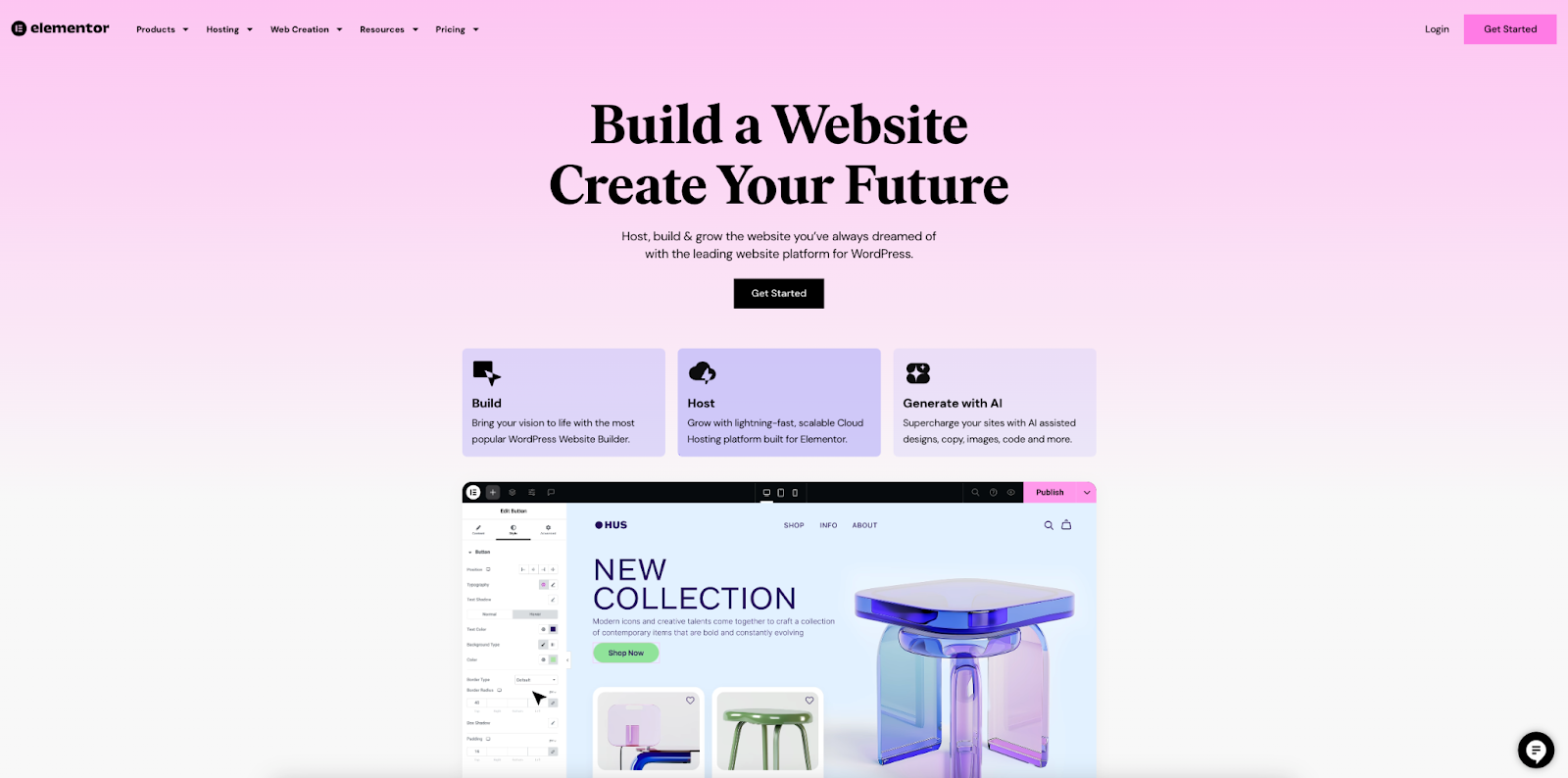
Elementor is built for those who value ease and speed. As a WordPress plugin, it’s ideal for beginners and those already familiar with WordPress.
- Drag-and-Drop Interface: Creating pages in Elementor is as simple as dragging blocks into their desired positions.
- Live Editing: Changes happen in real time, so there’s no guesswork involved.
- Who is Elementor suited to? Elementor is an ideal platform for beginners in web design or those seeking a quick and intuitive way to create websites.
2. User Interface (UI) and Design Experience: Elementor vs Webflow
Webflow Designer: Professional-grade UI for Custom Designs
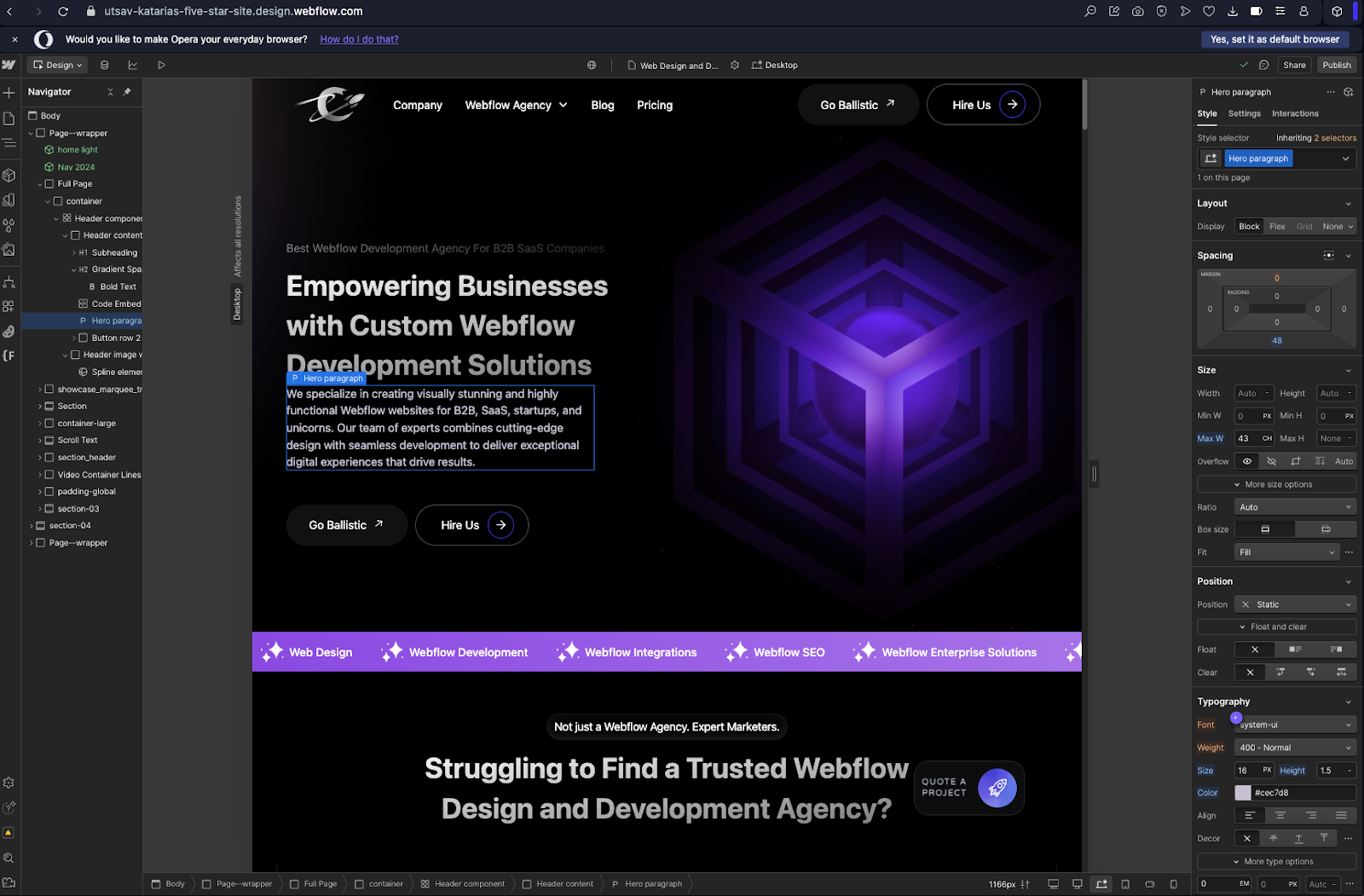
Webflow delivers a comprehensive UI that empowers designers and developers to create pixel-perfect websites.
- Flexibility and Control: Its interface is built to handle everything from basic layouts to complex animations.
- Advanced Animation Tools: These tools are built into the platform, enabling you to create interactive elements without requiring external plugins.
- Ideal for Professionals: If you’re focused on creating bespoke designs, Webflow’s UI is unmatched.
Elementor Designer: Simplicity Meets Functionality
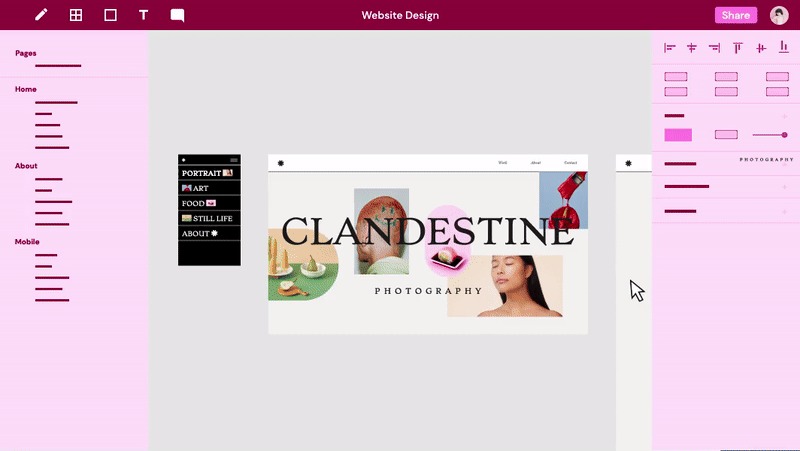
Elementor’s drag-and-drop Designer UI simplifies the design process while still offering a robust toolkit.
- Pre-Designed Templates and Widgets: With a wide array of ready-to-use options, even non-designers can build attractive websites.
- Real-Time Feedback: See your edits instantly with Elementor’s live editing feature.
- Best for Beginners: Ideal for those seeking a user-friendly experience without compromising functionality.
3. Content Management System (CMS): Webflow or Elementor
Webflow: A Built-In CMS for Dynamic Content

Webflow’s CMS makes it easy to manage dynamic content in different ways. The Webflow CMS is robust, versatile, and seamlessly integrated into the platform.
- Dynamic Content Management: Perfect for blogs, portfolios, or any site requiring templated designs. Webflow’s CMS makes it easy to add, edit, and organise content.
- Webflow Editor: Non-technical users can update content without touching the design. This is due to the Webflow Editor.
- Best for Designers and Teams: The built-in Webflow CMS removes the need for external plugins, ensuring a smooth, cohesive experience.
Elementor: Powered by WordPress CMS
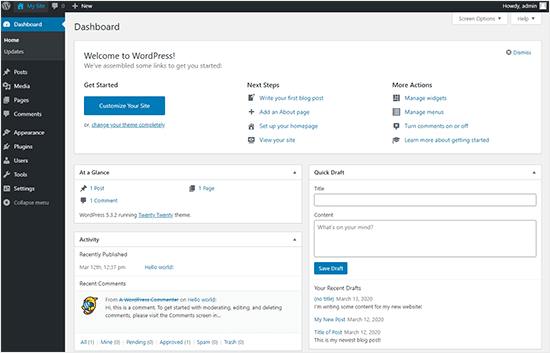
Elementor web development relies on WordPress’s CMS, which is powerful but heavily dependent on plugins for advanced functionality.
- Custom Post Types: Use plugins like ACF or Metabox to create custom templates and layouts.
- Templating for Content: While effective, Elementor’s templating relies on the flexibility of WordPress’s backend.
- Best for Flexibility: If you’re already familiar with WordPress’s vast ecosystem, Elementor leverages this familiarity, utilising the WordPress CMS effectively.
4. Hosting, Maintenance, and Security: Elementor or Webflow
Webflow Hosting: All-in-One Solution
With Webflow, hosting, security, and maintenance are built into the platform, allowing you to focus on design and content.
- Built-In Hosting: Webflow’s hosting is reliable, fast, and fully integrated into its plans.
- Low Maintenance: No need to worry about plugin conflicts or security updates—Webflow takes care of it all.
- Enhanced Security: Two-factor authentication and SSL certificates are included by default, reducing vulnerabilities.
Elementor: Dependent on WordPress Hosting
Elementor’s hosting and security depend on the WordPress setup and third-party providers.
- Separate Hosting: You’ll need to find and manage your own hosting provider, which adds an extra step.
- Ongoing Maintenance: Regular plugin and WordPress core updates are essential to ensure smooth operation.
- Potential Vulnerabilities: Relying on multiple plugins increases the risk of conflicts or security breaches.
5. Design Capabilities: Webflow vs Elementor
Webflow Web Design: Unmatched Design Flexibility

When it comes to design, Webflow takes the crown for its pixel-perfect customisation and advanced animation tools such as the built-in GSAP animation library.
- Custom Interactions and Animations: Webflow enables designers to create stunning animations directly within the platform, eliminating the need for additional plugins.
- Full Design Control: Every aspect of your site, from the layout to the smallest styling detail, is fully customisable.
- Professional-Grade Output: Webflow is ideal for agencies and professional designers who want their websites to stand out.
Elementor Web Design: Simplicity with Pre-Designed Options
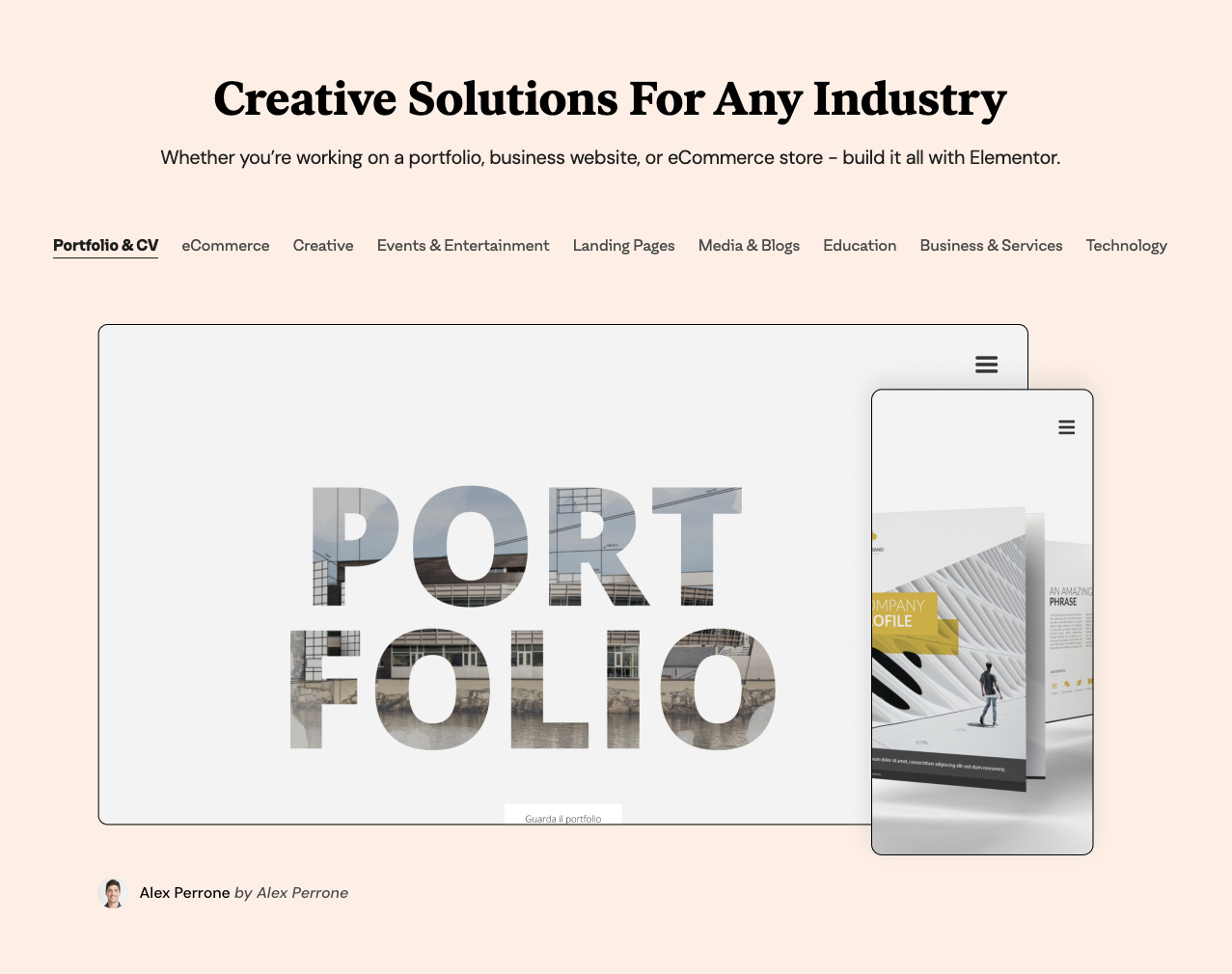
Elementor simplifies design with its extensive library of pre-built widgets and templates.
- Drag-and-Drop Simplicity: Build visually appealing websites quickly without any coding knowledge.
- Extensive Widget Library: From contact forms to sliders, Elementor’s widgets cover most common design needs.
- Best for Beginners: While it may lack Webflow’s advanced customisation, it’s perfect for quick and efficient web design.
6. E-Commerce Functionality: Webflow vs Elementor
Webflow Ecommerce: Best for Small Stores

Webflow’s e-commerce features are ideal for small or secondary e-commerce websites, but they do come with some limitations.
- Built-In E-Commerce: Manage your store directly in Webflow without needing third-party integrations.
- Simple Yet Limited: While ideal for basic e-commerce, it lacks features such as user accounts and advanced checkout options.
- Best for Creative Projects: Perfect for small-scale e-commerce needs where design takes precedence over functionality.
Elementor: Powered by WooCommerce

Elementor taps into the power of WooCommerce, one of the most popular WordPress e-commerce plugins.
- Advanced E-Commerce Options: From product filtering to user accounts, WooCommerce covers all bases.
- Seamless Integration: Elementor’s drag-and-drop tools work hand-in-hand with WooCommerce for a polished storefront.
- Best for Larger Stores: If e-commerce is the primary focus of your site, Elementor’s WooCommerce integration wins.
7. SEO Features: Webflow vs Elementor
Webflow: Built-In SEO Controls for Simplicity
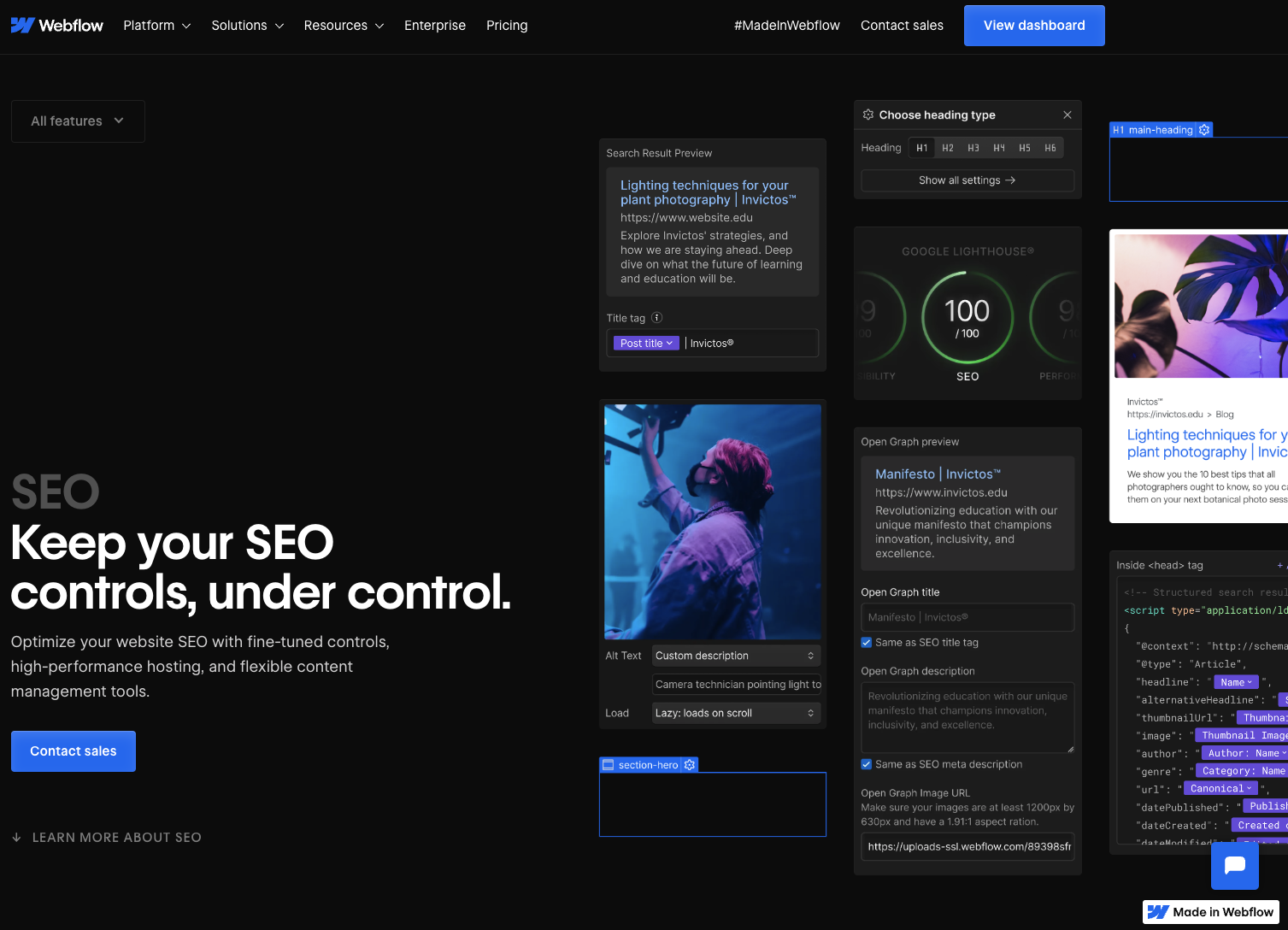
Webflow comes with SEO-friendly features baked right into the platform, making optimisation a breeze.
- Custom Meta Tags: Easily add meta titles, descriptions, and schema markup without the need for plugins.
- Clean Codebase: Webflow generates lightweight, semantic HTML, which helps boost site speed and rankings.
- SEO-Friendly Hosting: With fast hosting and built-in SSL, Webflow ensures excellent page performance.
- Best for Speed and Simplicity: Ideal for businesses and designers who want SEO tools integrated seamlessly into their workflow.
Elementor: Plugin-Dependent SEO
Elementor leverages WordPress’s extensive plugin ecosystem for SEO optimisation, offering flexibility but requiring extra setup. Read about Elementor SEO here.
- Plugins like Yoast and RankMath: Optimise meta tags, sitemaps, and schema with these popular SEO tools.
- Dependent on Hosting: Site speed and performance rely heavily on your chosen WordPress hosting provider.
- Customisation Potential: With the right plugins, Elementor can match Webflow’s SEO capabilities, but at the cost of added complexity.
- Best for Plugin Enthusiasts: Ideal for users who want complete control over their SEO but are willing to manage multiple tools.
8. Pricing: Webflow Pricing Plans vs Elementor Pro Price
Webflow Pricing Plans: A SaaS Subscription Model
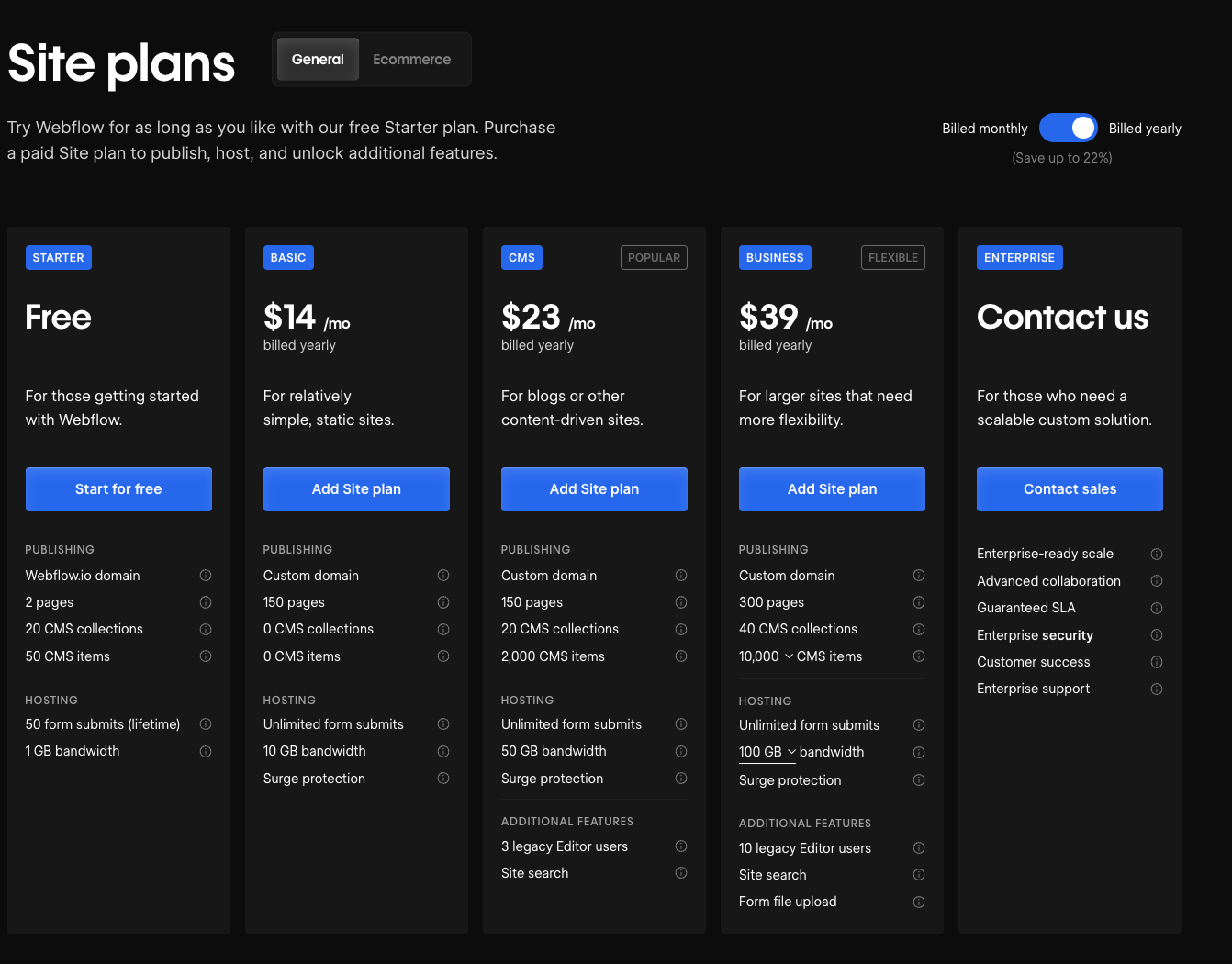
Webflow’s pricing structure is straightforward, although it may feel more premium compared to Elementor.
- Free Starter Plan: Perfect for hobby projects or testing the platform.
- Paid Plans: A range of plans tailored to your site's requirements.
- Basic Plan: $14/month for simple sites without CMS.
- CMS Plan: $23/month for blogs or content-heavy sites.
- E-Commerce Plans: Starting at $29/month, tailored for small online stores.
- All-Inclusive: Hosting, CMS, and design tools are bundled into Webflow’s pricing, reducing hidden costs.
Use our free Webflow Pricing Calculator here to discover the true cost of using Webflow for your business.
While the out-of-the-box pricing for Webflow is higher than some platforms, such as Elementor, the ongoing costs are lower due to the lack of maintenance required and the absence of plugin updates.
Explore our Webflow Maintenance options.
Elementor Pricing and Elementor Hosting Pricing: Affordable, But With Add-Ons

Elementor’s pricing is competitive but requires additional costs for WordPress hosting and plugins. In addition, there is the often unspoken cost of ongoing maintenance and security updates required when using WordPress.
- Free Version: A limited but functional drag-and-drop builder.
- Elementor Pro Pricing: Offers a lower initial cost than Webflow.
- Starts at $9/month for individual sites.
- Higher plans support multiple sites and advanced features.
- Additional Costs: Hosting, WooCommerce, and premium plugins can add up.
- Best for Budget-Conscious Users: Elementor is a great entry point, especially if you already have a WordPress hosting account.
FAQ: How much is Elementor Pro?
Elementor Pro offers several pricing plans to accommodate different user needs. Here is the Elementor Pro Cost Breakdown:
- Essential Plan: $59 per year for use on one website.
- Advanced Plan: $99 per year for up to 3 websites.
- Expert Plan: $199 per year for up to 25 websites.
- Agency Plan: $399 per year for up to 1,000 websites.
9. Use Cases and Best Fit: Elementor vs Webflow
Webflow: For Designers and Agencies Seeking Precision
Webflow is the go-to platform for professionals who prioritise design flexibility and seamless integration.
- Best for Designers and Developers: Webflow’s visual coding interface offers unmatched creative control, making it a favourite among agencies and freelancers.
- Ideal for Dynamic Content: From blogs to portfolios, Webflow’s built-in CMS handles complex content needs effortlessly.
- Perfect for Low-Maintenance Projects: With hosting, security, and SEO built in, Webflow is ideal for users seeking an all-in-one solution.
Elementor: For Beginners and WordPress Enthusiasts
Elementor is tailored for users who value simplicity and cost-effectiveness.
- Best for Beginners: Elementor’s drag-and-drop builder ensures even non-technical users can create professional-looking websites.
- Perfect for WordPress Lovers: If you’re already using WordPress, Elementor enhances your site-building experience without a steep learning curve.
- Great for E-Commerce: Pair Elementor with WooCommerce for powerful e-commerce capabilities on a budget.
10. Custom Designs: Figma to Webflow vs. Figma to Elementor/WordPress
In today’s era of unique and interactive web experiences, we’ve moved beyond relying on templates. Whether it’s Figma to Webflow or Figma to Elementor, designers seek seamless workflows to bring their Figma prototypes to life on websites with exact precision. Let’s dive into how Webflow and WordPress Elementor compare when importing and customising Figma designs.
Figma to Webflow: Effortless Integration for Designers
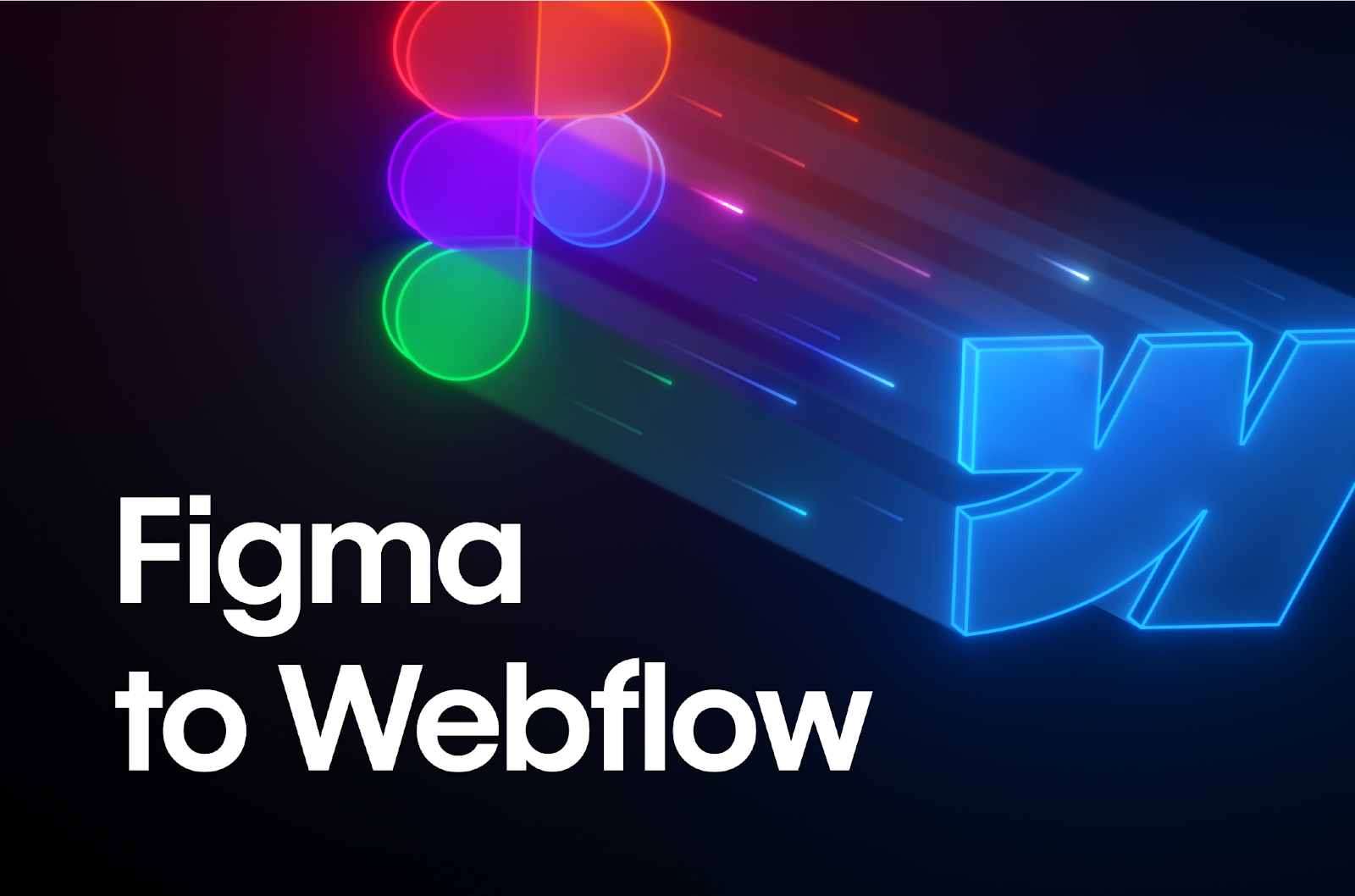
If you’re looking to convert your Figma prototype to Webflow interactions, Webflow has recently purchased the GSAP JavaScript library, making it easy to bring your prototype to life inside Webflow. Using the Figma to Webflow plugin, you can import your designs with ease while maintaining complete creative control.
Key Tools and Features for Figma to Webflow Integration:
- Webflow Figma Plugin: This plugin bridges the gap, transferring layers and assets directly into Webflow for seamless customisation.
- Figma to Webflow App: This app facilitates seamless transitions from Figma designs to Webflow projects, enhancing the workflow.
- Webflow CMS and Dynamic Content: Perfect for blogs and portfolios, allowing users to import complex designs from Figma.
- Figma to Webflow Sync: While some find the Figma to webflow sync too slow, the results make the wait worth it.
Benefits of Webflow for Figma Integration:
- Precise Animations: Import your Figma prototype and achieve seamless webflow interactions for an immersive user experience.
- Customisable Design: With tools like Webflow Figma Integration, you can translate Figma designs into responsive, pixel-perfect websites.
- No-Code Flexibility: Designers can easily move from Figma to Webflow Agency workflows without relying on developers.
Who Should Use Webflow?
If you value creative control, Webflow is unmatched. Whether you begin with a blank canvas inside Figma or Webflow, you can bring reality to life via the Webflow platform.
Figma to Elementor: Simplicity for WordPress Enthusiasts
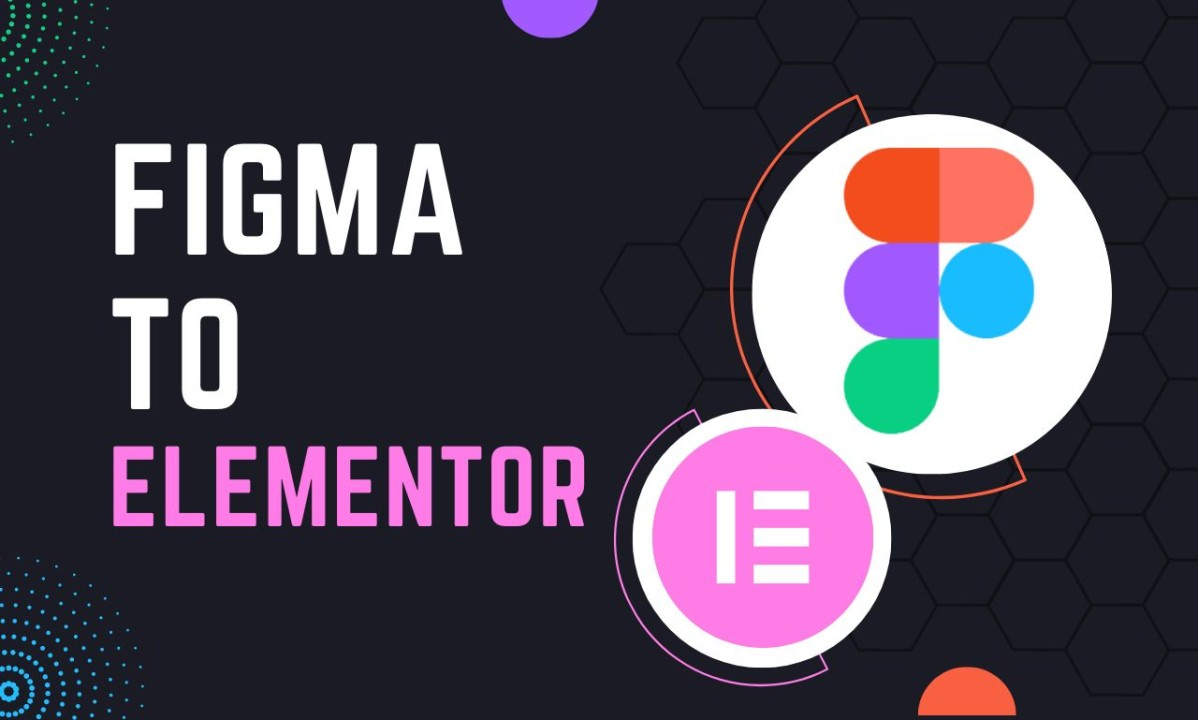
For WordPress users, Elementor simplifies the process of turning Figma designs into functional websites. Tools like Convert Figma to Elementor Plugin make it beginner-friendly, but advanced functionality often requires extra effort.
Key Tools and Features for Figma to Elementor Integration:
- Figma to Elementor Plugin: This tool helps convert Figma prototypes into Elementor’s drag-and-drop interface.
- Figma to WordPress Elementor: Designers can utilise this workflow to integrate Figma layouts directly into WordPress using Elementor seamlessly.
- Elementor Pro Cost Benefits: At $9/month, Elementor Pro is an affordable solution for custom designs compared to Webflow’s pricing.
Advantages of Elementor for Figma Imports:
- Drag-and-Drop Simplicity: Elementor’s interface enables you to recreate Figma designs for WordPress without extensive coding.
- Extensive Plugins: Tools like Figma Design to WordPress enhance customisation while maintaining design integrity.
- Budget-Friendly: Compared to Webflow, Elementor’s lower pricing, starting at $59 for Elementor Pro, is attractive for cost-conscious users.
Challenges with Elementor:
- Plugin Dependency: Unlike Webflow, achieving customisation in Elementor often requires multiple plugins, such as the Figma to WordPress Plugin.
- Limited Animations: While tools like Figma to WordPress Elementor provide basic functionality, Elementor’s interactivity lags behind Webflow’s advanced animations.
Who Should Use Elementor?
If you’re a WordPress enthusiast or prefer an affordable entry into website design, Elementor is ideal. Tools like Convert Figma to Elementor make the process straightforward for smaller-scale projects.
Figma to Webflow vs. Figma to Elementor/WordPress: Side-by-Side Comparison
Final Thoughts: Figma to Webflow or Figma to Elementor?
For designers prioritising flexibility, animation, and precision, Webflow is the best choice for bringing Figma prototypes to life. However, if you’re a WordPress fan seeking an affordable, beginner-friendly solution, Elementor stands out.
Choose Webflow if:
- You need a seamless Figma to webflow integration with advanced interactivity.
- Your project requires responsive and pixel-perfect designs.
Choose Elementor if:
- You’re already familiar with WordPress and tools like Figma WordPress plugins.
- Budget is your priority, and you’re okay with plugin-dependent workflows.
Both platforms shine in different ways—your choice depends on your design goals and technical expertise.
11. Pros and Cons Summary: Webflow vs Elementor
Webflow Pros
- All-in-one platform with built-in hosting, SEO, and CMS.
- Advanced design and animation capabilities.
- Clean, lightweight code ensures fast site performance.
- Ideal for creative projects that require precision and flexibility.
Webflow Cons
- Steeper learning curve for beginners.
- Higher initial cost compared to Elementor.
- Limited e-commerce features for larger stores.
Elementor Pros
- Drag-and-drop simplicity with a beginner-friendly interface.
- Affordable plans are available, with a free version included.
- Extensive widget and template library.
- Ideal for WordPress users seeking enhanced customisation.
Elementor Cons
- Dependent on WordPress hosting and plugins.
- Requires multiple add-ons for advanced features.
- Less control over code and animations compared to Webflow.
Conclusion: Webflow vs Elementor – Which is Your Perfect Fit?
Deciding between Webflow and Elementor can feel overwhelming, but the key is understanding how these platforms align with your goals. Whether you're a designer working with Figma prototypes or a WordPress enthusiast seeking a budget-friendly solution, both platforms shine in their unique ways. Here's a comprehensive wrap-up to help you make an informed decision.
When to Choose Webflow
For those seeking an all-in-one solution, Webflow is unmatched. It’s the ultimate choice for designers and agencies focused on pixel-perfect customisation, advanced animations, and seamless integration with tools like the Figma to Webflow plugin. The platform is ideal for projects requiring dynamic CMS capabilities and interactive user experiences.
With Webflow hosting included and built-in SEO tools, Webflow eliminates the hassle of managing plugins, hosting, or additional integrations.
Webflow excels when:
- You need precise design control for custom projects, such as migrating Figma prototypes to Webflow interactions.
- Speed and simplicity in setup are essential for Figma to Webflow agencies or professionals working with tools like the Webflow Figma Plugin or the Figma to Webflow app.
- You’re creating advanced animations and responsive designs while ensuring your site is optimised for SEO.
When to Choose Elementor
Elementor is the clear winner for WordPress users, particularly those familiar with the WordPress CMS and its plugins. It’s perfect for small businesses and beginners who want drag-and-drop simplicity paired with affordable pricing. With tools like Figma and Elementor plugins, designers can quickly turn static designs into functional websites.
For e-commerce projects, Elementor’s WooCommerce integration offers unparalleled ease for setting up stores, managing inventory, and customising product pages. While it may lack Webflow’s advanced animation tools, Elementor Pro shines with its budget-conscious pricing and real-time editing capabilities.
Elementor is best for:
- WordPress enthusiasts are leveraging tools like the Figma to WordPress plugin or workflows like Figma to Elementor Pro.
- Cost-conscious users who want access to Elementor Pro pricing starting at $59 per year.
- Beginners or marketers prioritising ease of use over advanced design customisation.
Figma to Webflow vs. Figma to Elementor/WordPress: Which Is Better?
If your project revolves around Figma designs, the decision gets even clearer. For Figma to Webflow users, tools like Webflow Figma integration ensure seamless imports with dynamic customisation. On the other hand, for those working with WordPress, Figma-to-Elementor plugins simplify the process but often rely on multiple add-ons to achieve precision.
Final Takeaway
If Webflow is a Ferrari—sleek, powerful, and crafted for those who prioritise control—Elementor is the reliable Honda Civic, built for simplicity and budget-conscious users.
Choose Webflow if you need the best Figma to Webflow sync, integrated hosting, and robust CMS tools for dynamic projects.
Choose Elementor if you prefer WordPress, require a Figma to WordPress Elementor workflow, or want an affordable entry into website building.
No matter your choice in the Webflow vs Elementor debate, both platforms cater to unique audiences. By understanding how tools like Webflow, Figma plugin, or Figma-to-Elementor workflows align with your needs, you’ll make an informed decision that empowers you to create stunning websites.
Still unsure whether Elementor or Webflow is the right fit for you? Our team of Webflow experts and WordPress designers can guide you through every step, from importing Figma to Webflow to mastering Elementor web development. Contact us today and let’s build your dream website together!


.svg)

.svg)



%20(1).jpg)

.jpg)
%20(1).jpg)


%20(1).jpg)
%20(1).jpg)
%20(1).avif)

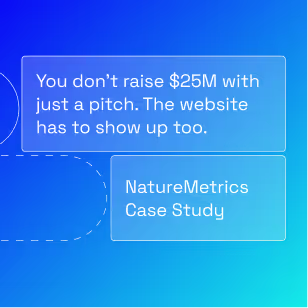

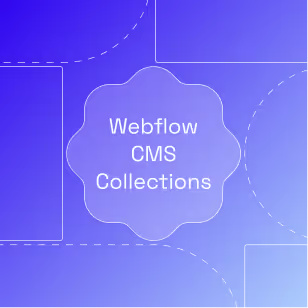
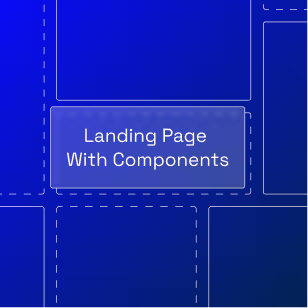

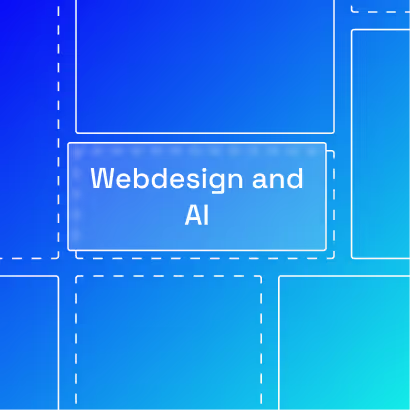
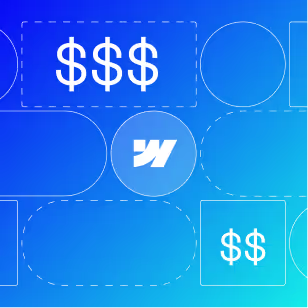
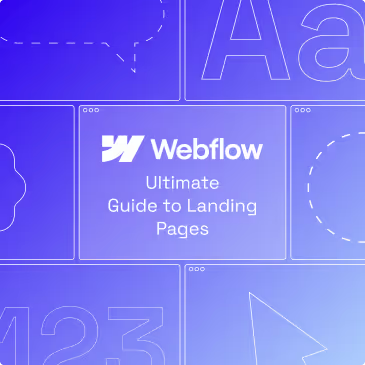
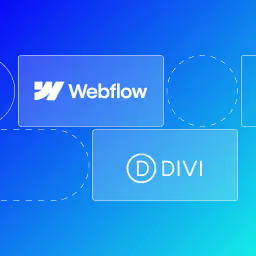



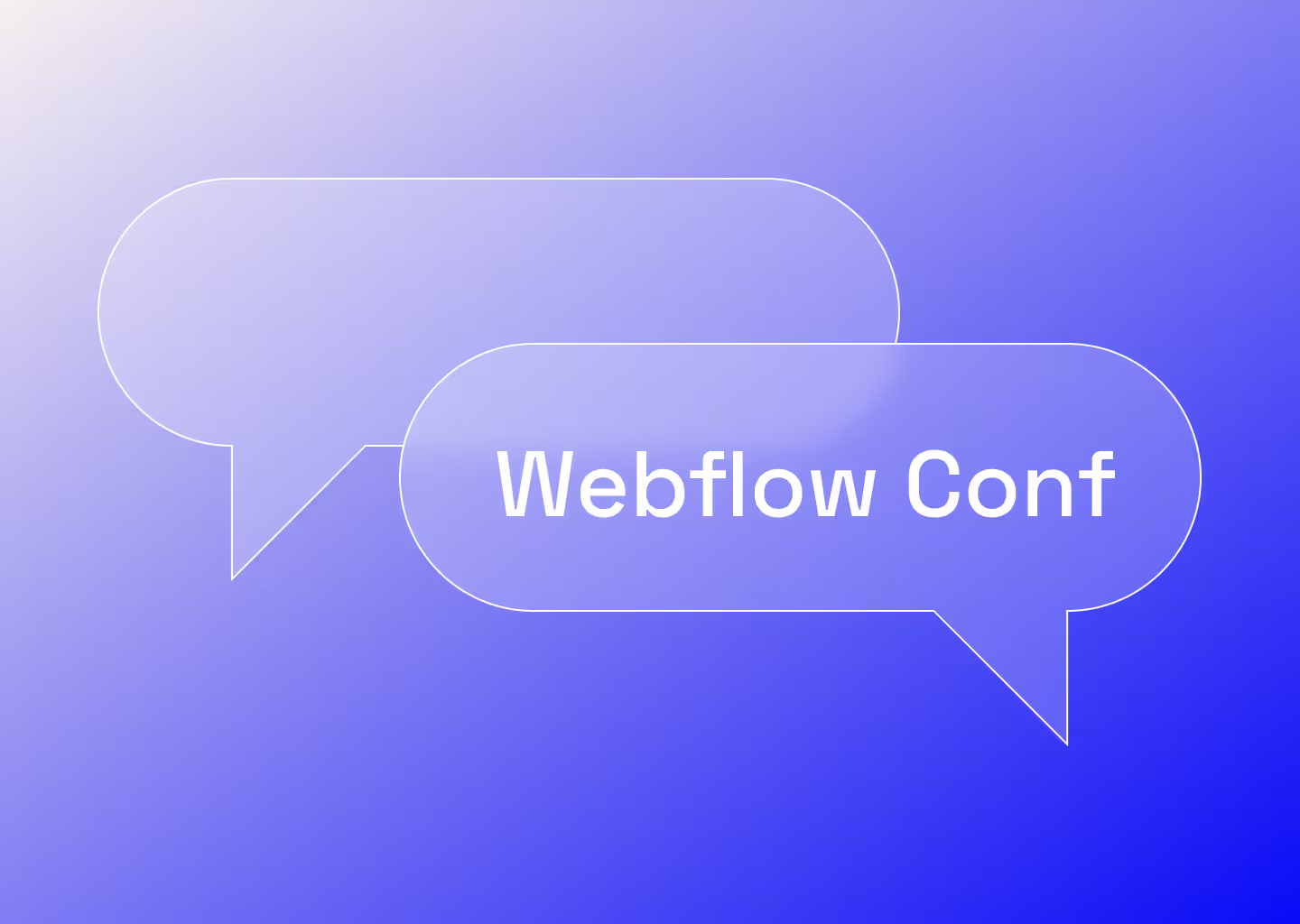

%20(2).avif)
.avif)



.avif)

.avif)
.avif)
.avif)
.avif)
.avif)
.avif)
.avif)
%2520(1).avif)
%2520(1).avif)
.avif)
%2520(1).avif)
%2520(1).avif)
%2520(1).avif)
%2520(1).avif)
%2520(1).avif)
%2520(1).avif)
.avif)
.avif)



